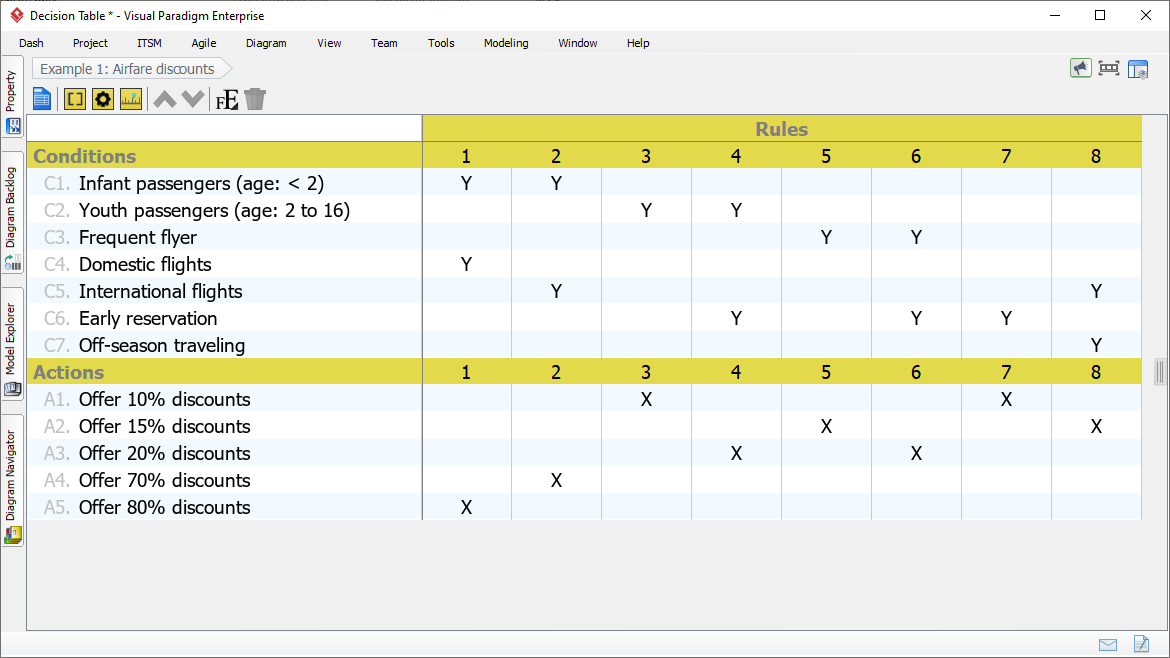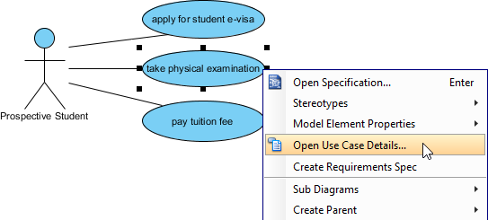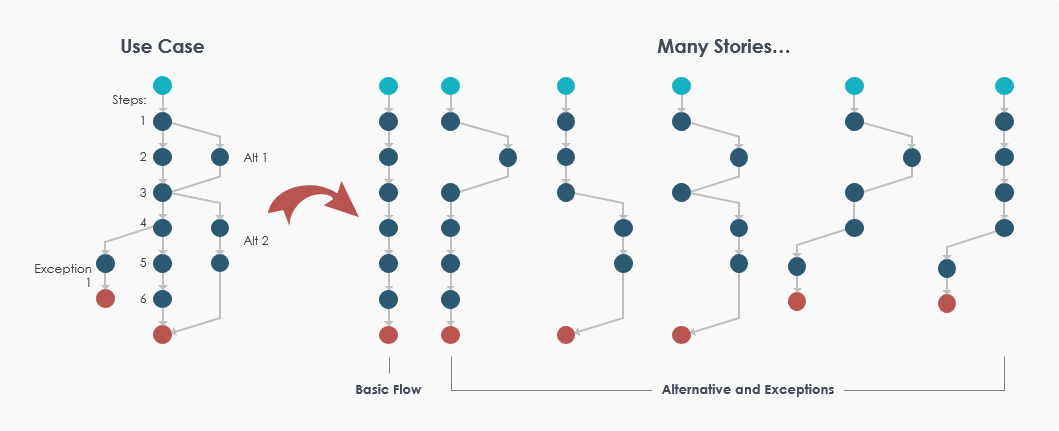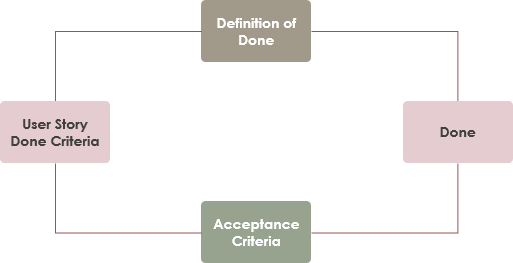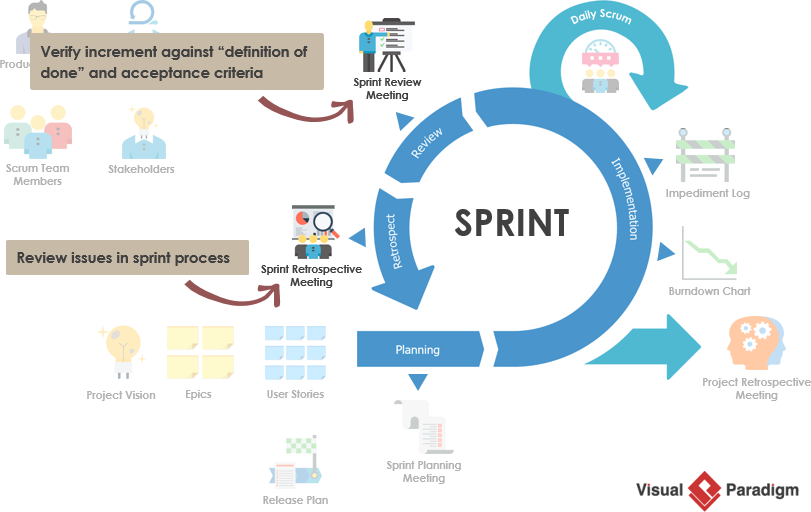A decision table is an excellent tool to use in both testing and requirements management. Essentially it is a structured exercise to formulate requirements when dealing with complex business rules. In a decision table, business logic is well divided into conditions, actions (decisions) and rules for representing the various components that form the business logic.
Continue reading